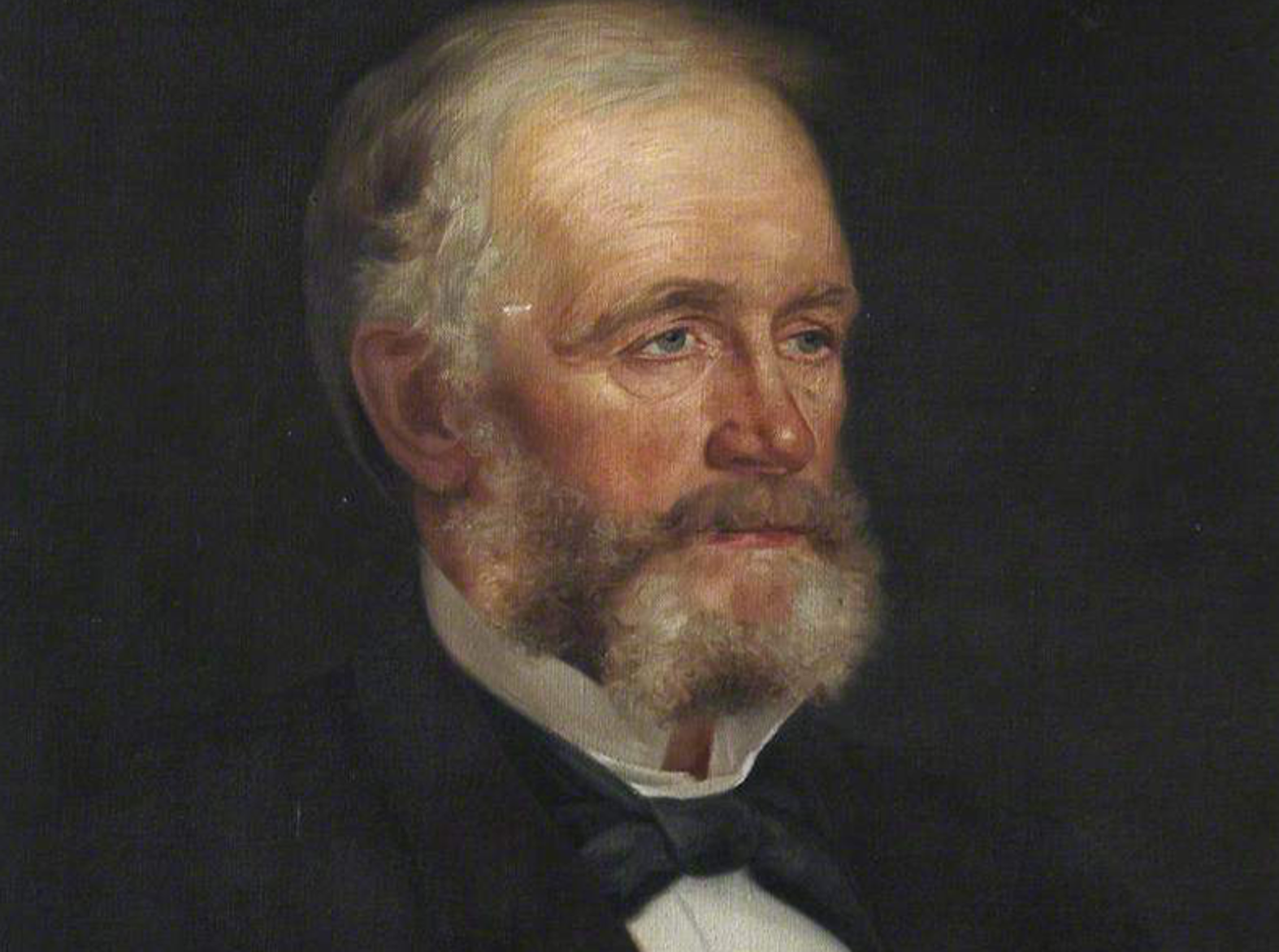Transcript of letter commissioning the painting:
Glendevon House, Dunfermline, May 13 1901
Regards to Mrs Walls
Dear Mr Walls
I should like a portrait of Uncle Lauder in his velvet coat, a solid piece of work, not impressionistic.
The artist should have to come here for sittings.
Would you kindly arrange it for me
I liked Beveridge boy and as you know Henry Lady, the latter very much but I leave the selection of artist to you.
Uncle is a grand subject in his 86th year, most striking figure.
I had him painted most successfully in America but the portrait was so good I gave it to my cousin his only son.
Now I wish one for myself. Guthrie. White is excellent but unusual, side face and Church Militant, and with the real old-fashioned Doge of Venice kind of picture of Uncle.
No startling Sergeant, nor advertising of the artist’s dexterity, just my grand old handsome dignified Uncle.
Yours
Andrew Carnegie
Sorry, I did not see any Wingate pictures. I have one “The Wa’ Gauge of Winter” which is superb. If you ever see a masterpiece of Wingate please advise me, he’s an artist above all.
While serving on the Town Council, it became a passionate crusade of George Lauder to implement a good healthy water supply in the town which was approved in 1875 after lengthy campaigning.
George Lauder was also a member of the Burgh School Board. Another of his passions was for a full education for all young people, particularly those who were involved in the more manual trades. He held to the saying that there were two kinds of education – ‘Handucation’ and ‘Headucation’. The school rejected his call to build a school for those requiring ‘Handucation’. He resigned from the Board.
However, true to his character, he sought advice and support from his now wealthy nephew in America, Andrew Carnegie. Over the course of several letters back and forth, Andrew was convinced of the project of building such a school outlined by his uncle. It was in 1897 that George Lauder was in a position to announce that ‘a true friend to Dunfermline’ was happy to donate £7,000 for the building and equipping a purpose-built Technical College. This donation was increased to £13,000.
In 1899, attending the opening ceremony, and at Andrew’s insistence the name of the school should be Lauder Technical College. This reflected how much esteem he held for his uncle, George Lauder. This school is now proudly part of Fife College.





